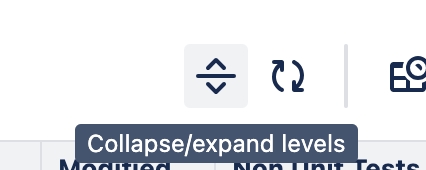Informed Go/No Go Decisions Making
As a manager, the User Story Coverage Report serves as a valuable tool for evaluating the quality of software development efforts and making informed decisions regarding code changes. This informed approach helps you make sound go/no-go decisions and confidently present your team's work to the change advisory board.
Step-by-Step Tutorial
Was this helpful?



